Top National Parks for Eco-Conscious Travelers
Chosen theme: Top National Parks for Eco-Conscious Travelers. Step into protected landscapes with a lighter footprint, find conservation-led itineraries, and connect with a community that travels to protect. Share your tips, ask questions, and subscribe for more planet-first inspiration.
Why Eco-Conscious Travelers Love National Parks
From staying on durable surfaces to packing out tiny scraps, Leave No Trace turns intention into habit. On a misty morning in Olympic, we watched a hiker quietly step around fragile wildflowers, then pick up windblown microtrash. Little moments like that protect the experience for everyone.
Why Eco-Conscious Travelers Love National Parks
Eco-conscious travelers stitch together fewer transfers, longer stays, and public shuttles to cut emissions without cutting wonder. Plan clusters of hikes near one base, choose trains or shared vans, and travel in shoulder seasons. Your view is the same, but your footprint becomes meaningfully smaller.
Parks Leading in Sustainability
Zion reduced canyon congestion with a seasonal shuttle that keeps private cars out of fragile areas. The silence between stops is intoxicating—birdsong replaces idling engines. Riding the bus feels like voting for cleaner air, calmer trails, and a better collective experience for every visitor.
Parks Leading in Sustainability
In Patagonia, Torres del Paine uses reservations, defined camps, and boardwalks to protect windswept steppe and bogs. On the W Circuit, we met rangers explaining why one footstep off-trail scars delicate ground for years. Clear systems and friendly education make compliance feel like shared pride.
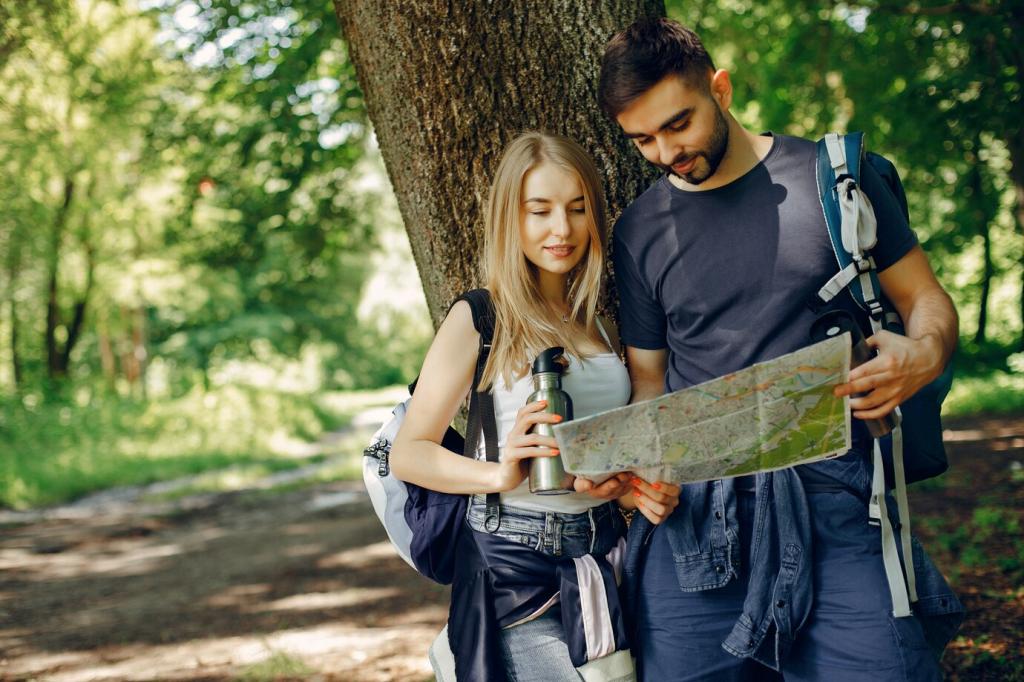
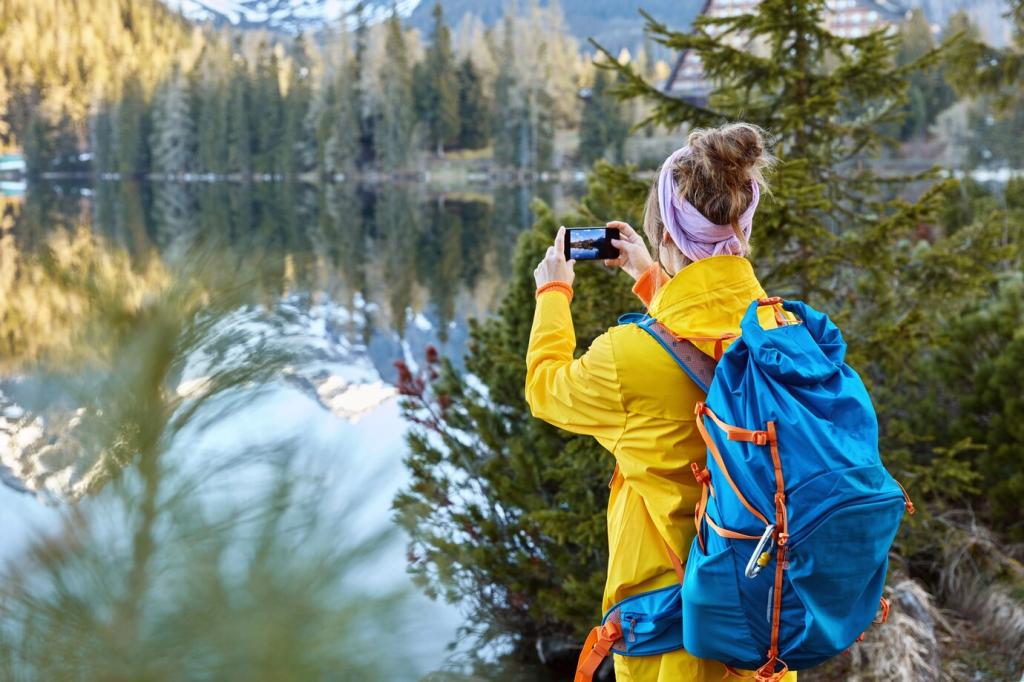
Wildlife Encounters Done Right
Give large wildlife generous space—about 100 yards for bears and wolves, 25 yards for others—so they never associate people with threat or food. On one Yellowstone evening, everyone quietly stepped back, and a bison herd flowed past like water. Distance created the magic, not a zoom lens.
Wildlife Encounters Done Right
Log birds in eBird, upload tracks to iNaturalist, and photograph plants for identification projects. Your observations strengthen real datasets used by researchers and rangers. A child’s excited note about a rare orchid once helped update a fragile site map, steering boots away from a vulnerable patch.
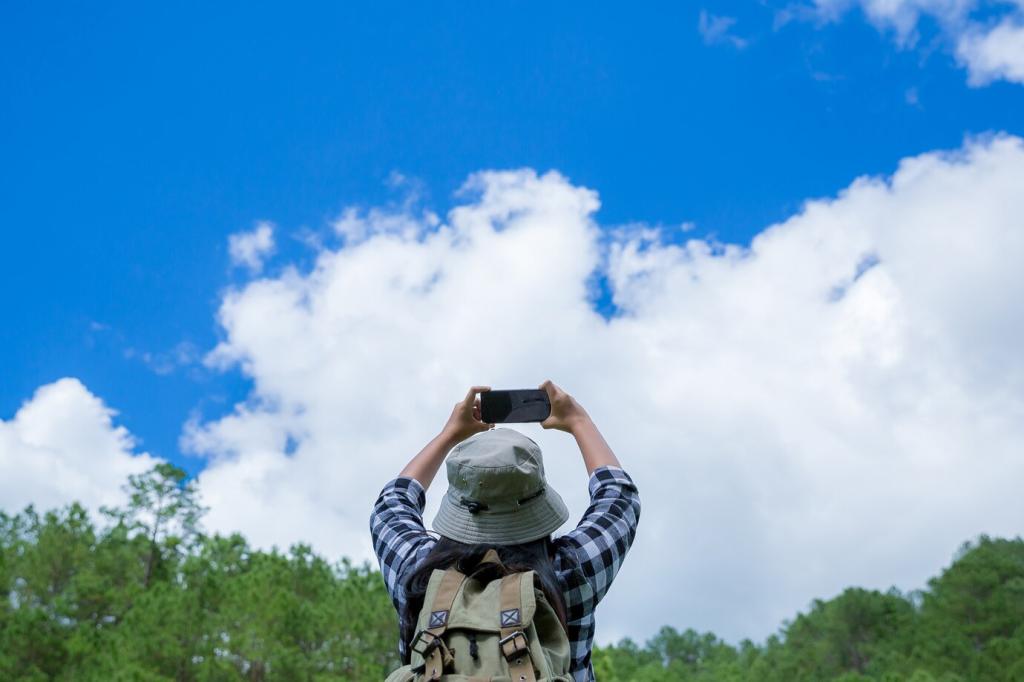
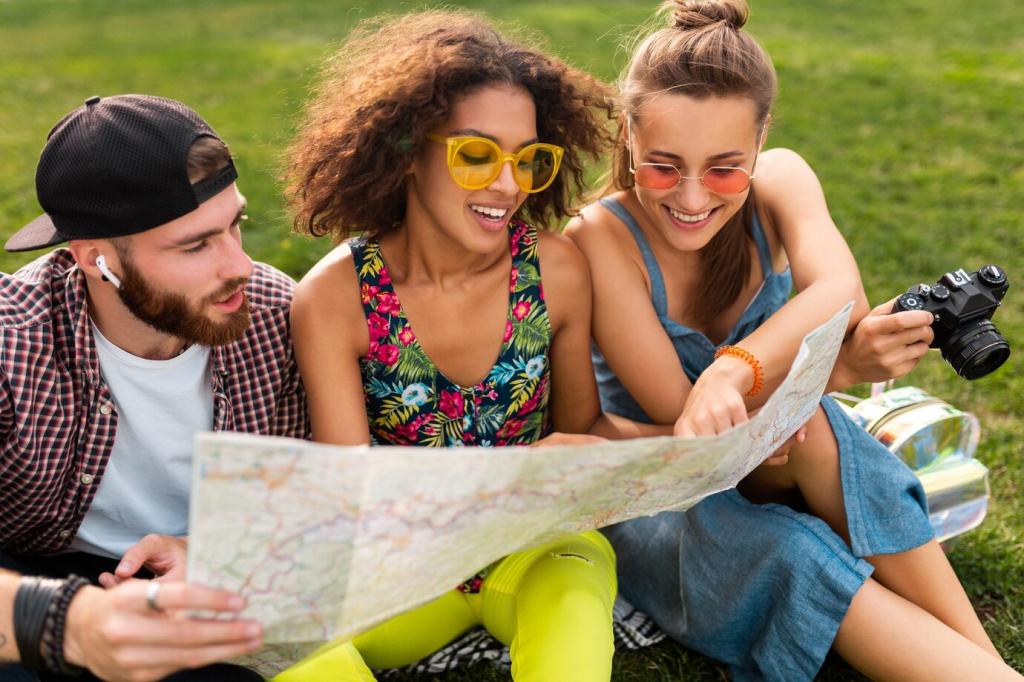
Water, Waste, and Footprints
Carry a reliable filter or purifier and refill from approved sources to ditch disposable bottles. On Glacier’s trails, our group refilled at cold streams, enjoying lighter packs and zero plastic. Clean water tastes like freedom, and the absence of empties feels like a quiet applause for the valley.
Water, Waste, and Footprints
Make a microtrash sweep part of every rest: corners of wrappers, stray twist ties, a peel here, a fiber there. We keep a dedicated pocket for everything we bring. The ritual becomes meditative—a small promise repeated until trails look as untouched as dawn.
Water, Waste, and Footprints
Many high-use sites install composting toilets to protect waterways and soils. Treat them like the ecological marvels they are: follow posted instructions, use minimal toilet paper, and close lids. A quick read of the sign can prevent odors, pests, and contamination downstream where salmon and swimmers meet.
Routes and Seasons to Reduce Impact
Shoulder Season Magic
Visit just before or after peak months to find open space and more resilient trails. In Banff’s cool September light, larches blazed gold while parking lots stayed calm. Rangers had time to chat, and we had time to listen—learning stories that guide gentler footsteps the next day.
Less-Traveled Alternatives
Trade a famous overlook for a lesser-known loop that offers similar geology with fewer boots. Near Redwood groves, a quiet fern-lined path revealed cathedral hush without the bottleneck. Share your alternative gems so eco-conscious travelers spread out the love, not the wear, across the landscape.
Public Transit Gateways
Arrive by train or bus where possible, then use park shuttles or bikes. Amtrak stops near Glacier, Roam buses serve Banff, and many parks run free shuttles. Transit days become reading days, window-theater days, and you arrive with more energy than diesel fumes in your memory.
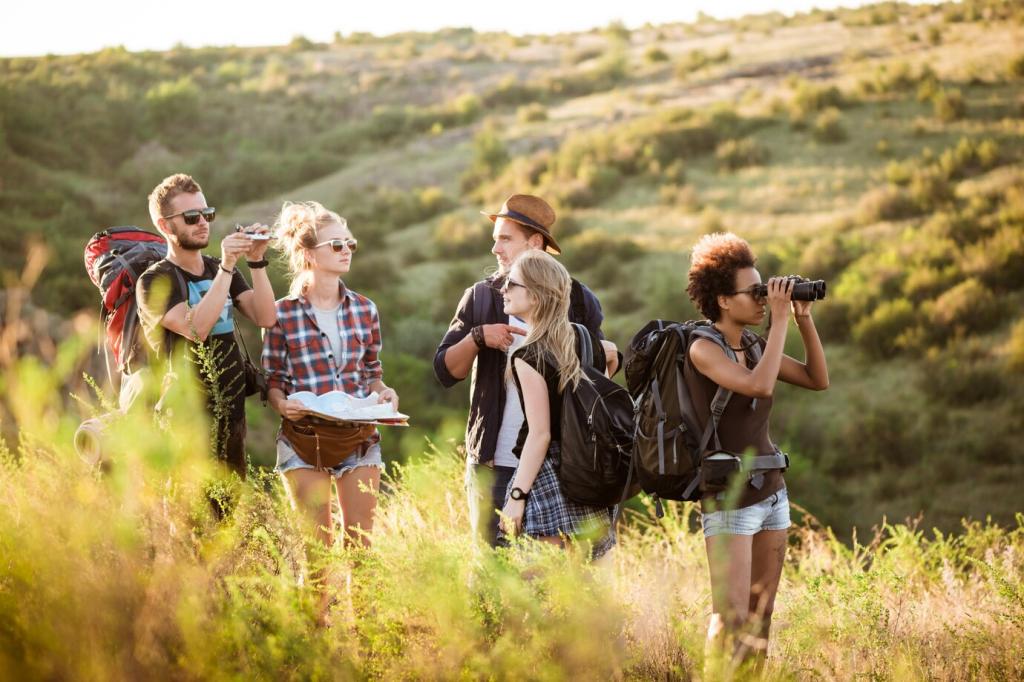
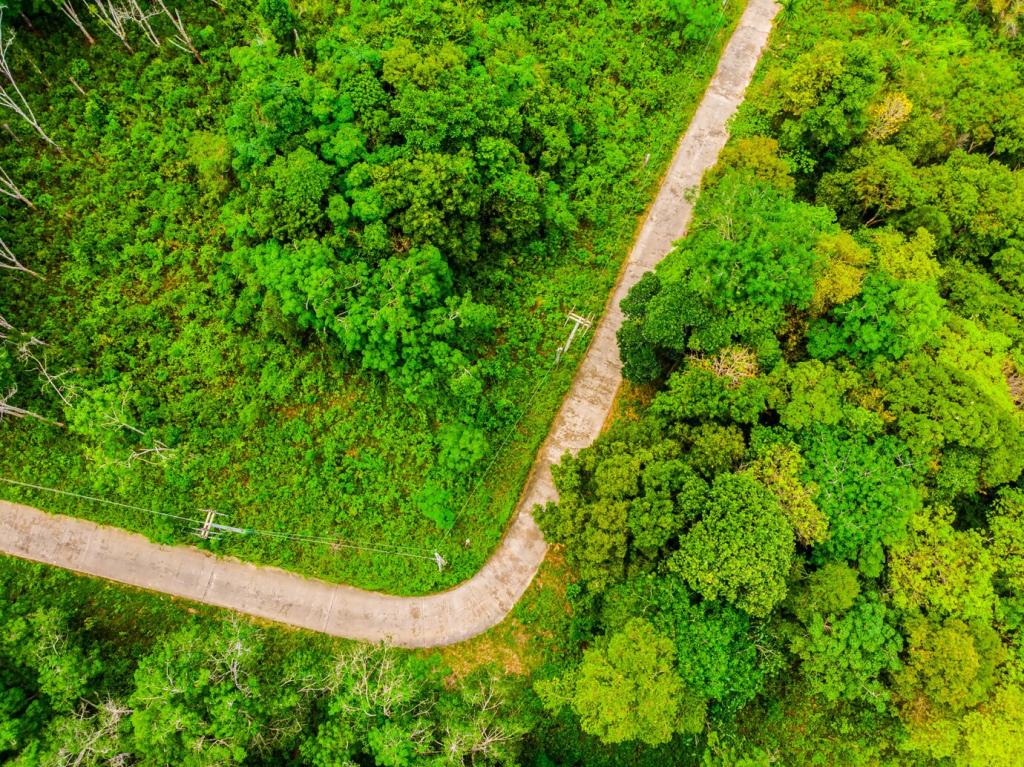
Stories from the Trail
Reservations capped sunrise traffic, leaving the crater quiet enough to hear wind cross cinder cones. We shared a thermos with strangers and a gloves-warming laugh. On the way down, everyone pocketed a stray wrapper—proof that limits can nurture gratitude, and gratitude can kindle stewardship.
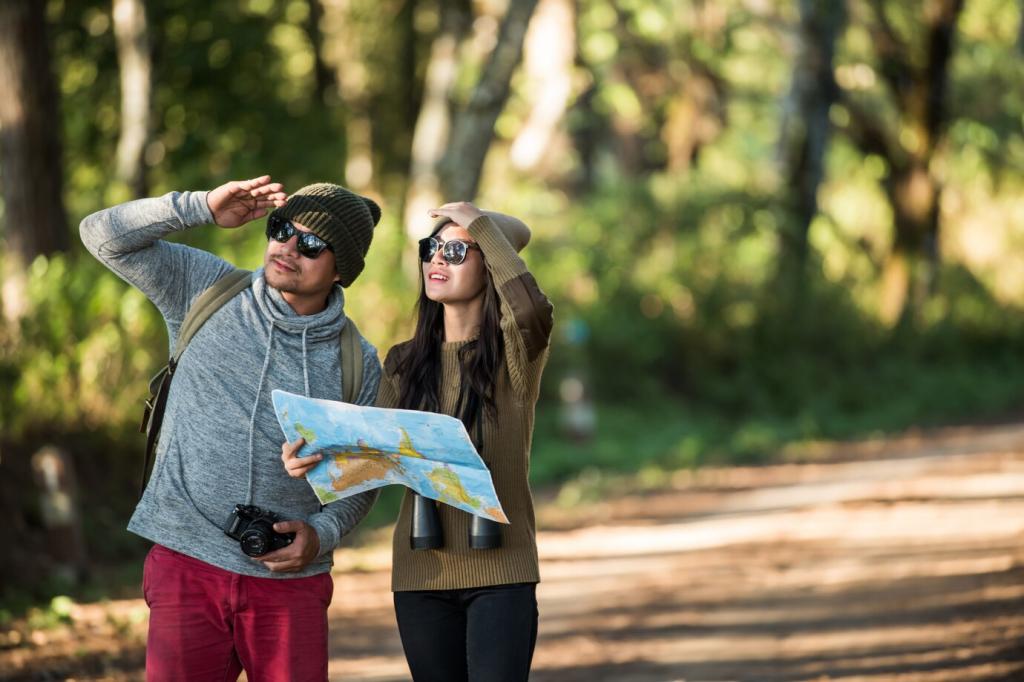
Build a Green Packing List Together
Drop your essential reusables, repair tools, and favorite long-lasting layers in the comments. What saved weight, waste, or worry for you? Crowd wisdom helps newcomers start right and veterans refine their kits without buying more than they need.
Subscribe for Park-by-Park Guides
We’re publishing practical, conservation-first itineraries for iconic parks, from transit options to low-impact viewpoints. Subscribe so you never miss a fresh route or stewardship update. Early readers can vote on which park receives the next deep dive and downloadable checklist.
Your Vote Guides Our Next Feature
Tell us which sustainability leader you want explored next: Zion’s shuttles, Fiordland’s huts, or Torres del Paine’s circuit system. Your votes determine interviews, maps, and gear tips. Together we’ll highlight solutions that make traveling lightly feel effortless and rewarding.
